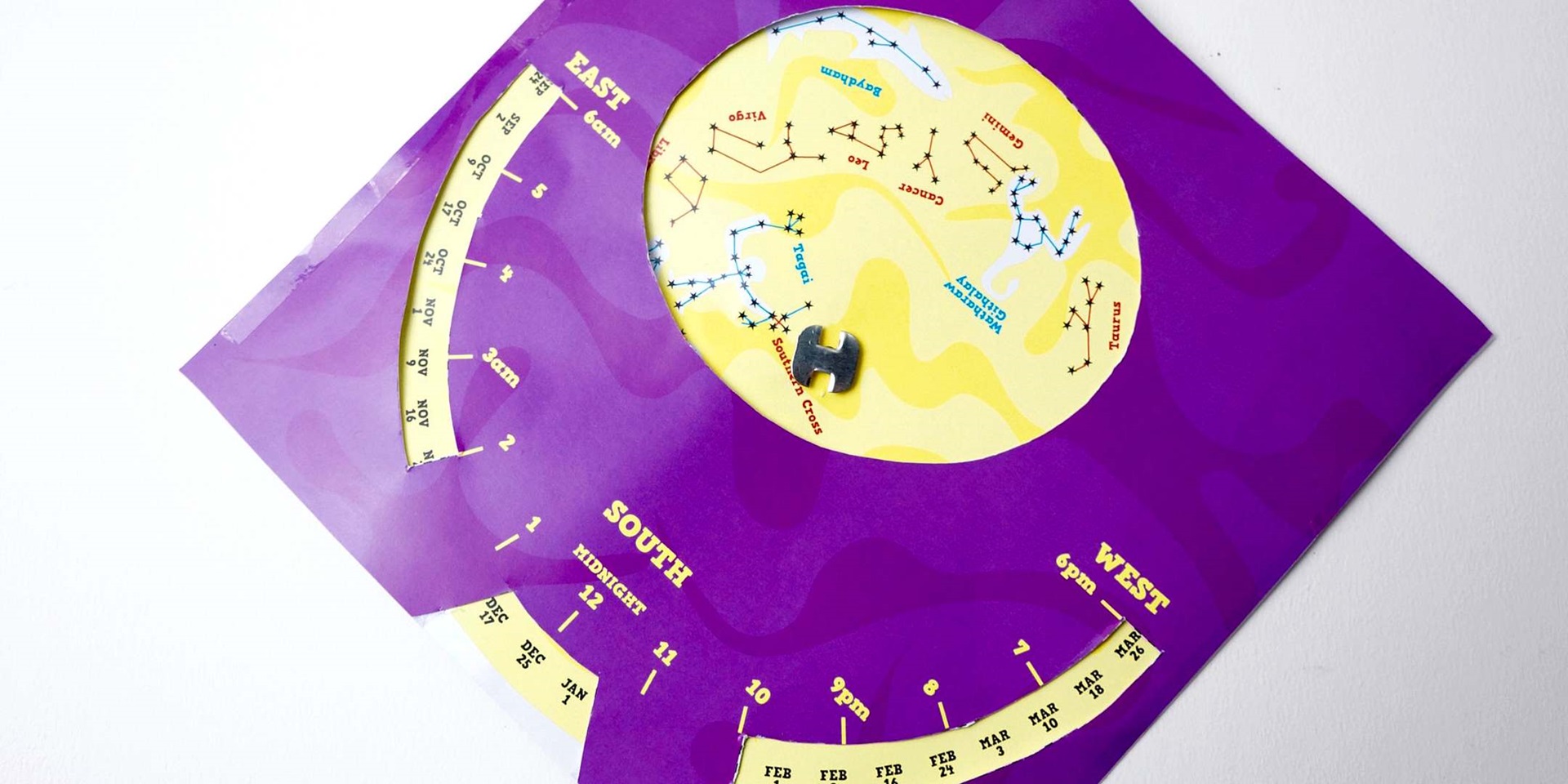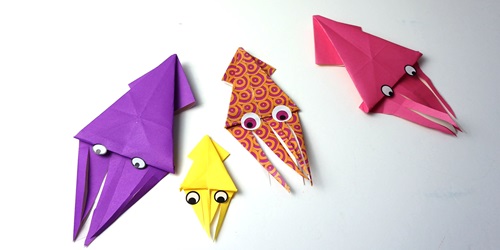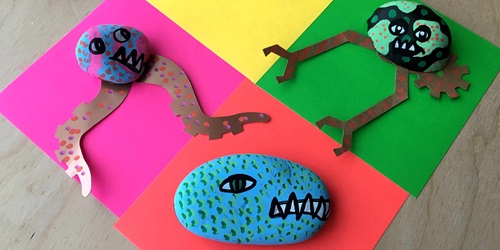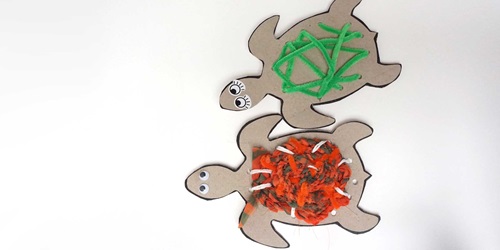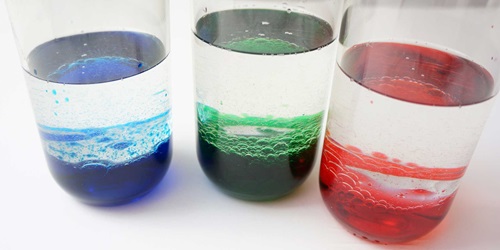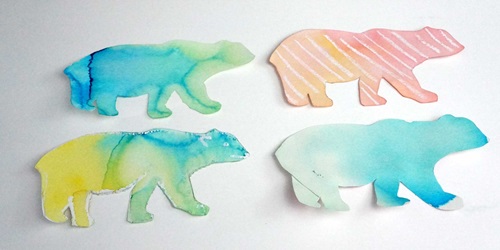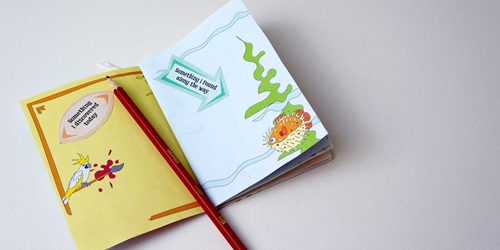Look up! What can you see? This planisphere will help you discover more about our stars...
A planisphere is a flat map of the stars that can be used as a guide to help identify constellations and individual stars in the night sky.
Suitable for ages: 5 years and up
Time required: 10 mins
Difficulty: 2 out of 5
Related Exhibition: Under Southern Skies
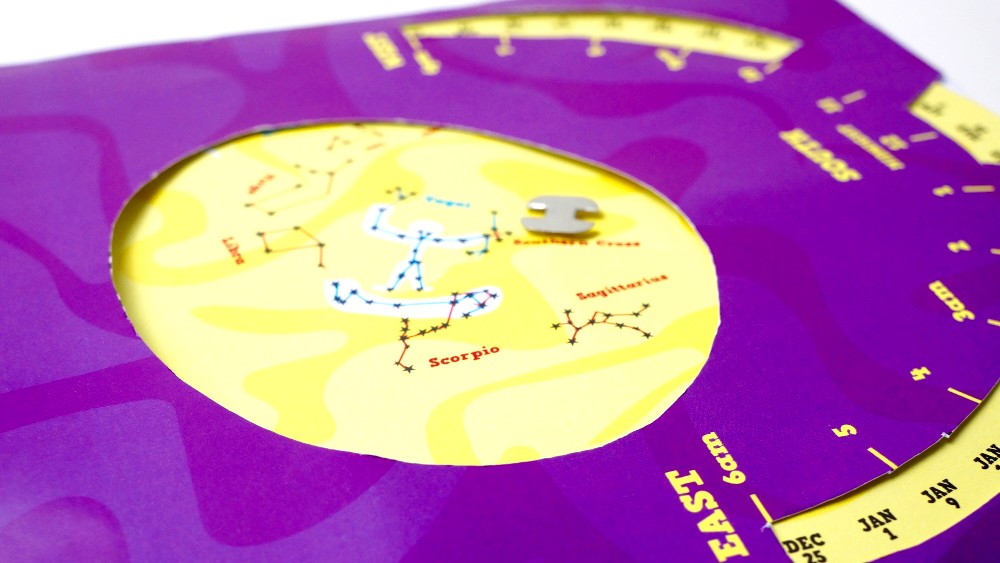
What you’ll need:
- Copies of this template printed or pasted A4 cardboard
- Scissors
- Glue
- Split pin or paper fastener
- Sticky tape
- Coloured pencils to decorate
To Make:
Step 1.
Carefully cut around the dashed lines on the circular dials and the square cover- front and back.
Step 2.
Fasten one of the dials, the cover and back cover together by threading a split pin through the centre.
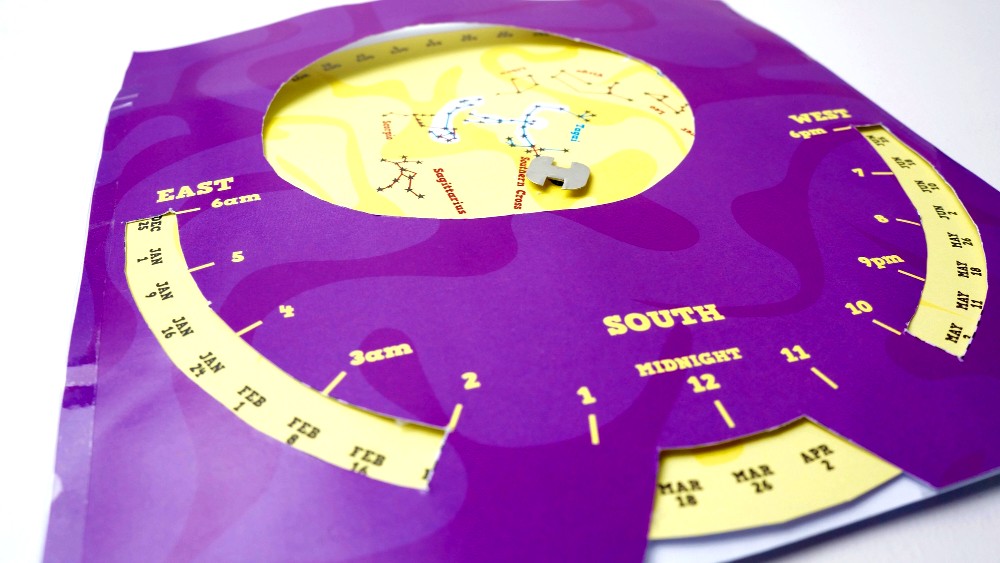
Step 3.
Use the sticky tape to seal the planisphere so that only the dial is free to move.
Step 4.
Now you can decorate your planisphere and use it to find the constellations.
Using the planisphere to find the constellations
1. On a clear night, choose a location away from bright lights.
2. Find and face south.
3. Hold up the planisphere so that the southern horizon is at the bottom.
4. Rotate the dial until you reach the correct time and date.
5. Find the Southern Cross (crux/tagai) on the planisphere and then in the real night sky.
6. Use the Southern Cross to help you find other constellations in the sky.
Did you find the 3 Torres Strait Islander zugubal (constellations) on your dial?
Baydham is the shark - it’s the stars in the Big Dipper, a part of Ursa Major.
Watharaw Githalay is the firecrab or scorpion - it’s part of Orion.
Tagai is the great warrior and fisherman in a canoe - made up of parts of the constallations Centaurus, Lupus, Scorpius, the Southern Cross and Corvus.
We’d love to see your creations!
Please send us photos either by email to: web@sea.museum or tag us on Instagram - just tag the photo with our username @sea.museum
You might also enjoy...
